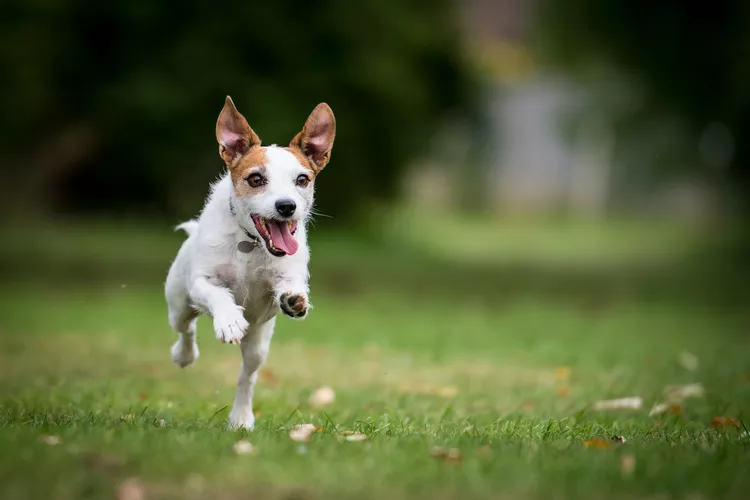
The Jack Russell terrier is a small but solid and spunky breed. These dogs stand only about a foot tall but pack plenty of personality and adventure into their compact, muscular body. They are active, friendly even with strangers, playful, energetic, and vocal.
The JRT, as it’s sometimes referred to, is an agile hunting dog breed. This is also a fun-loving family companion. But don’t be fooled by the small size because these dogs have surprising stamina and willpower, so they can be a challenge for novice dog parents.
Learn about the Jack Russell terrier, including the breed’s history, care needs, temperament, and more.
GROUP: Terrier
HEIGHT: 10 to 15 inches
WEIGHT: 13 to 17 pounds
COAT: Short coat that can be smooth or rough
COAT COLOR: White with black, tan, or brown markings
LIFE SPAN: 13 to 18 years
TEMPERAMENT: Intelligent, fearless, clownish, quirky, athletic, energetic
HYPOALLERGENIC: No
ORIGIN: England
While Jack Russell terriers often make great family pets, it’s important that they are taught proper obedience and that children are also taught proper boundaries. These dogs are playful and fun-loving, though, making them terrific companions for active families.
However, their strong prey drive can be problematic in households with other small pets, including cats. It’s important to socialize your JRT early and often for a well-balanced pet.
The Jack Russell terrier originated in England in the mid-to-late 1800s in response to a need for a small but feisty fox hunting dog. While foxhounds had gained much popularity among England’s gentry for horse-and-hound hunting, a pastor named John Russell saw the need for a small terrier that could pursue the fox into the ground. As a result, he began a selective breeding program squarely aimed at developing a tenacious but tiny hunter.
There is little historical documentation of Russell’s breeding programs. It seems that the pastor was an avid huntsman who was looking to create a fox hunting companion without realizing that he was going to become the originator of an entirely new breed. The most likely conclusion is that JRTs owe their existence to selective breeding of white terriers (now extinct) and English foxhounds. The resulting dogs were initially referred to simply as fox terriers, the term used for any fox hunting dog of the day.
The Jack Russell terrier gained in popularity quickly, with a name inspired by the breed's founding father himself. The small but agile dogs were bred with speed—they could keep up with horses on the chase. They also were built with trademark terrier tenacity. These dogs were successful in hunting foxes, raccoons, woodchucks, and other small game. They especially found a niche when used in conjunction with larger foxhounds. While the larger hunting dogs could pursue a fox until they retreated into their den, the smaller JRT could flush the fox from their hiding place and the chase could continue.
It also wasn’t uncommon to see hunters sling this pocket-sized hunting dog into their saddlebags for long distances. With so much to offer in a small package, it’s no surprise that Jack Russell’s terriers soon became a breed of their own. In time, the JRT was brought to the United States. While the exact history is unclear, it appears that the breed was known stateside by the 1930s.
A devoted and loyal community of JRT owners sprang up, and the Jack Russell Terrier Club of America was formed in 1976. The organization was established to promote and protect the breed and continues to maintain the breed’s official registry. The JRTCA focuses on preserving the breed’s working heritage and is strongly positioned against AKC or any other kennel club registration.
However, not all enthusiasts of the breed have shared the JRTCA’s approach. Some JRT owners were in favor of AKC recognition. In 1997, the AKC recognized a new breed known as the Parson Russell terrier. Jack Russell terriers that met a specific set of criteria for the new breed standard became eligible for registration with the AKC. Another derivative of the JRT, the smaller Russell terrier, also gained AKC recognition in 2012.
Jack Russell terrier purists stand by the JRCTA and their breed standard and registry. The club hosts competitions throughout the year to provide breed enthusiasts an opportunity to highlight their terriers' strengths and earn recognition from the breed community. Trials include conformation, go-to-ground, trailing and locating, racing, agility, and obedience.
In modern entertainment, Jack Russell terriers have been featured in the 1994 movie, The Mask, and in the TV show, Wishbone.
If you’re thinking about adding a Jack Russell terrier to your family, be prepared to expend the energy necessary to keep this bouncy pup happy and well-balanced. Jack Russell terrier puppies are almost too cute for words, but these pups grow into active and athletic dogs that require a major commitment in terms of exercise, mental stimulation, and training.
No discussion of the care of a Jack Russell terrier would be complete without strong advice regarding exercise. These dogs may be small, but they have major exercise needs. Don’t confuse the JRT with your average lap dog. While they do make great family dogs that love human companionship, they were bred to hunt. A dog that is only 10 to 15 inches tall but was bred to run with horses will give you an idea of what type of activity outlet these canines crave.
Plan to give your JRT about 90 minutes of vigorous exercise daily depending on age, which should include several substantial walks a day. Runners looking for a jogging companion will be surprised to find that the tiny Jack Russell terrier makes a capable partner.
In addition, it’s almost imperative that you have a yard to let your little terrier run and stretch their legs. The JRT also has an impressive vertical—this breed can jump up to 5 feet high—so be sure that any enclosure is of sufficient height to prevent escape. Also keep in mind that these dogs have a reputation for being notorious diggers, so make sure that you don't allow digging escapades to turn into a terrier great escape.
The Jack Russell terrier excels at agility work and go-to-ground trials. The latter are timed trials that test the speed and agility of this working breed as they complete a tunnel course. These dogs also do very well in obedience, flyball, and rally.
The coat of a Jack Russel terrier can be smooth or rough, which is wiry in appearance. A third coat is referred to as broken and is a combination of smooth and rough patches of fur.
Grooming is fairly simple with a Jack Russell terrier. The short coat is easily combed to remove loose hair, and an occasional bath will keep dirt and dander under control. However, you might need to bathe your dog more frequently if they get dirty from digging in dirt. You can also use a stripping comb to remove dead hair from the top coat every six to eight weeks.
Like all dogs, give regular attention to nail trimming and ear cleaning to keep this dog happy and healthy. And brushing their teeth regularly can help keep their mouth healthy.
The Jack Russell terrier is extremely smart, which makes them easy to train. They quickly learn tricks but can also be quite naughty. It’s imperative that you instill proper pack order in the mind of your dog from an early age and set clear boundaries within the house. Obedience work can also be a great challenge for the mind and heart of the JRT.
A heavy hand and overbearing manner won’t bring out the best in this friendly dog. Instead, use short, frequent training sessions to engage the active mind of your JRT. And use positive reinforcement to train your dog to work alongside you, not against you.
The Jack Russell terrier is a hearty, healthy breed. They aren't plagued by abundant health problems and often live a long life—up to 18 years or more. However, there are a few health conditions to remain aware of. The majority of health conditions that the JRT is known for developing center around eye problems or joint, mobility, and ataxia issues.
It’s recommended that you look for a breeder who can provide CERF clearances for a dog’s eyes and OFA clearance for the dog’s knees. Of course, it’s always best to understand a dog’s genetic background and inquire about the health of the puppy’s parents. If possible, meet one or both parents of the litter.
Jacks are active dogs that need a quality diet to fuel their latest and greatest adventures. Like all dogs, they’ll benefit from a well-balanced and properly proportioned meal regimen.
They can be persistent beggars, and don’t forget about their incredible ability to jump and swipe a snack from counters, tables, and more.
It’s important that you keep a close eye on your JRT’s weight since an overweight dog is at risk for numerous health problems.
Think you have the energy it takes to make a JRT part of your life? If you do, you’ll be rewarded with a spirited and smart companion for years to come. The Jack Russell terrier is much-loved for their personality and impressive abilities.
If you choose to buy a JRT from a breeder, expect to pay between $800 to $1,500 for a puppy or adult, but some breeders may charge up to $2,500 for a show-quality dog.
If you decide to pick a puppy from a breeder, be sure that you find a reputable breeder with high standards for the health and well-being of their canines. The JRTCA is one source that can help you to identify committed and quality breeders. A benefit of buying a dog from a breeder is that your JRT dog could potentially be better socialized than a rescue.
You can also consider opening your home to a rescue. Many of these sweet but tireless dogs find their way into rescues because of misinformed or under-educated dog parents.
Begin your search for a Jack Russell terrier by contacting the following organizations:
The Jack Russell terrier is perfect for anyone looking for a fun, high-energy little dog that is super cute and friendly. These dogs are sure to keep you busy, they have a strong prey drive, and they’re best for experienced dog parents, so there’s a lot to think about before deciding to bring one home.
If you're interested in the possibility of bringing a Jack Russell terrier into your life, you might also be interested in these similar breeds which you can look into:
There’s a whole world of potential dog breeds out there—with a little research, you can find the right one to bring home!
A Jack Russell can be a great family dog, especially for an active household. But there are some things to consider. For example, their energy might be too much for young children, so they may be better suited to families with older kids. Also, because of their strong prey drive, they might not do well in homes with other pets.
When they are not running, digging, and jumping, Jack Russell terriers may become aggressive, but mostly just to other animals. They can be dog-aggressive, especially with another JRT of the same sex. Otherwise, the JRT might be mostly boisterous with people.
Though they are not typically aggressive with people, the JRT is known to be a bit too rambunctious and snappish with smaller, younger children. Remember, this dog also likes to jump at a height or higher than that of toddlers, which may frighten a younger child. With all of that said, this breed is a wonderful playmate for older, active children who tend to be more patient with dogs.
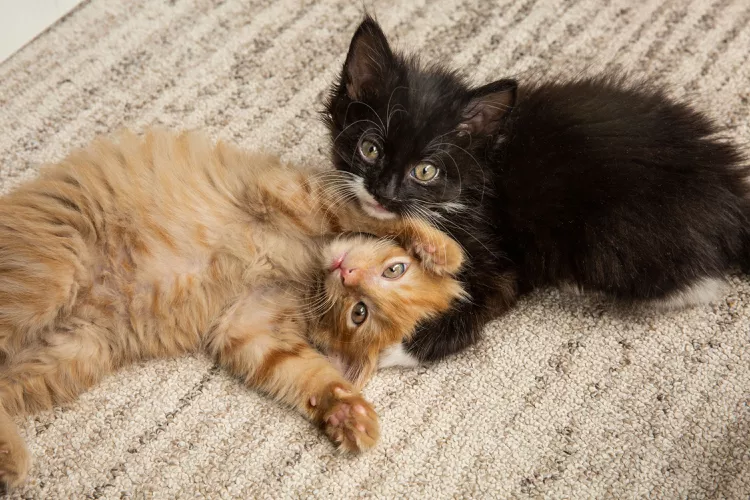
Why Two Kittens Are Better Than One
There are benefits of adopting two kittens, such as more feasible training and companionship between them.
Everything You Need to Know About Raising Your First Cat
Whether you are thinking about getting a cat or just adopted your first one, these are the things to know to make your relationship a lasting one.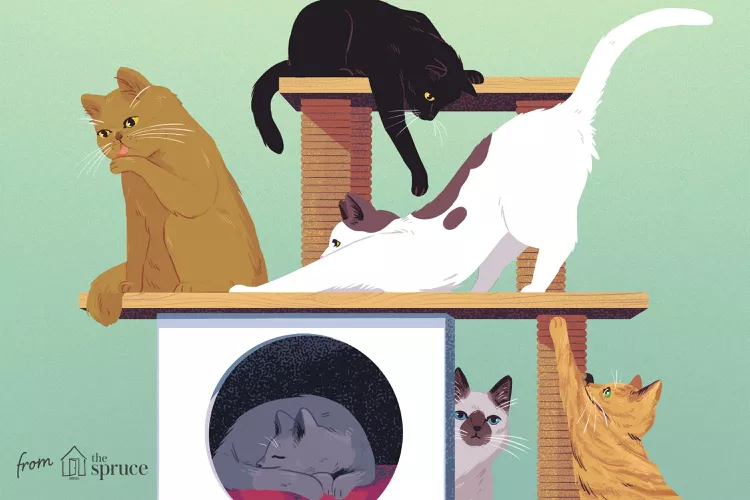
How Can I Tell the Sex of a Cat?
Telling male and female cats apart can be difficult for those who don't know what they're looking for. Here are helpful tips to discover their sex.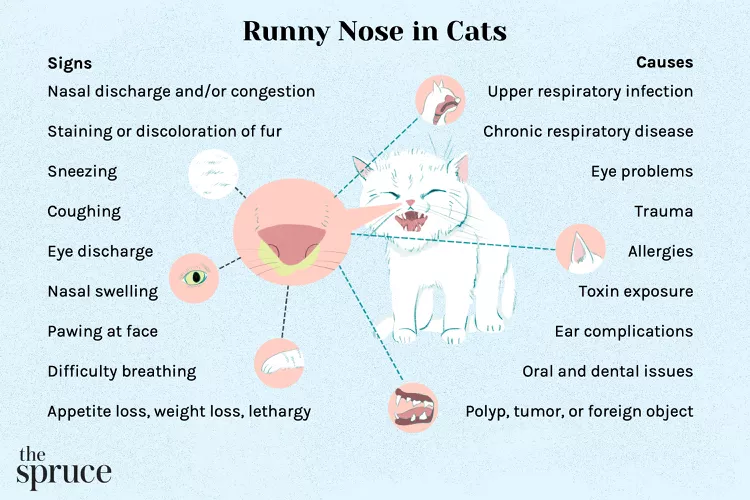
Runny Nose in Cats: Causes and Treatment
Cats get runny noses due to upper respiratory issues, but many conditions can cause this. Learn the causes of runny noses in cats and the associated signs. Find out how vets diagnose and treat cats with runny noses.
How Long Can You Safely Leave Canned Cat Food Out?
You cannot safely leave canned cat food out all day. Twenty to 30 minutes is the max, so give smaller portions and reheat food for later feedings.
Meat Byproducts in Cat Food
Most cat experts recommend premium brands of cat food that avoid ingredients like byproducts and chicken meal. Learn what to look for on the label.
How Much Wet Food to Feed a Cat Every Day
The amount of wet food your cat needs depends on factors such as age, weight, body condition, and lifestyle. Learn how much wet food to feed your cat.
Taurine for Cats
Taurine is an essential animal protein in your cat's diet. Learn more about the various ways it supports your feline's body.
The Different Types of Pet-Friendly Workplaces
Discover the different types of pet-friendly workplaces and the benefits they offer employees. Learn how to create a pet-friendly workplace and the best practices for pet owners.
8 Halloween Safety Tips for Pets
The spooky holiday can be overstimulating and even dangerous for pets. Here's how to avoid the problems caused by toxic candy and incessant doorbells.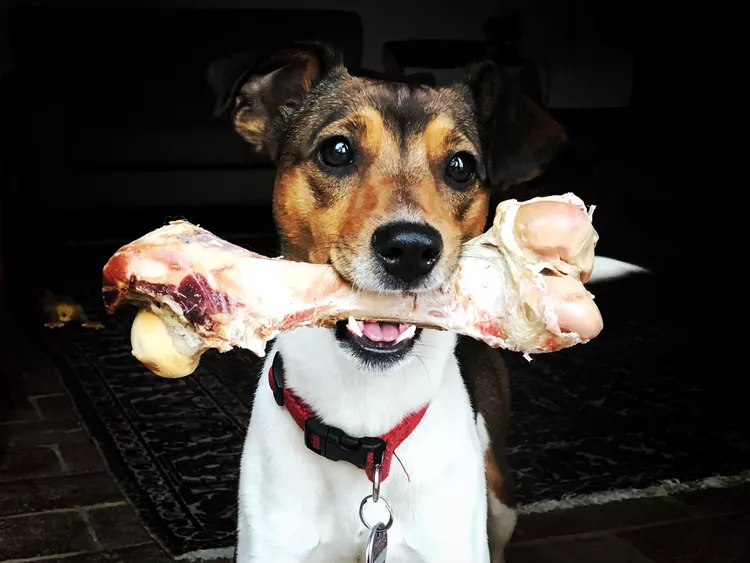
Why You Should Keep Cooked Bones Away From Your Dog This Holiday Season
People should be aware of the dangers of cooked bones, especially around the holidays when they might be more accessible to your pup.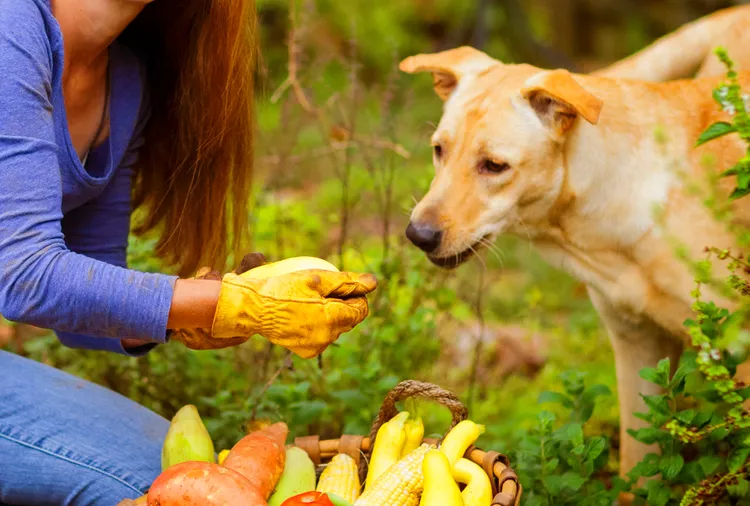
Can Dogs Eat Squash? Here's What a A Vet Thinks
Dogs can safely eat squash as long as it's prepared correctly. Find out how to properly feed this versatile fruit to your dog.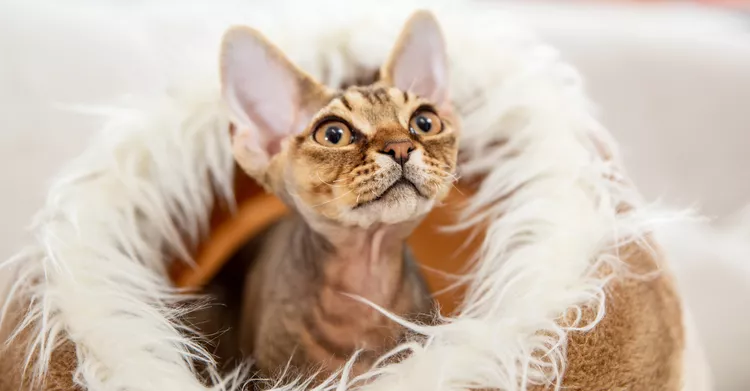
16 Small Cat Breeds That Are Petite Purring Machines
Small cat breeds like the Singapura and munchkin may be smaller than an average housecat, but they leave a giant imprint on your heart.
10 Best Cats With Big Ears
Cats with big ears often look extra endearing. Check out some common big-eared cats, including the Abyssinian, Devon Rex, Siamese, Sphynx, and more.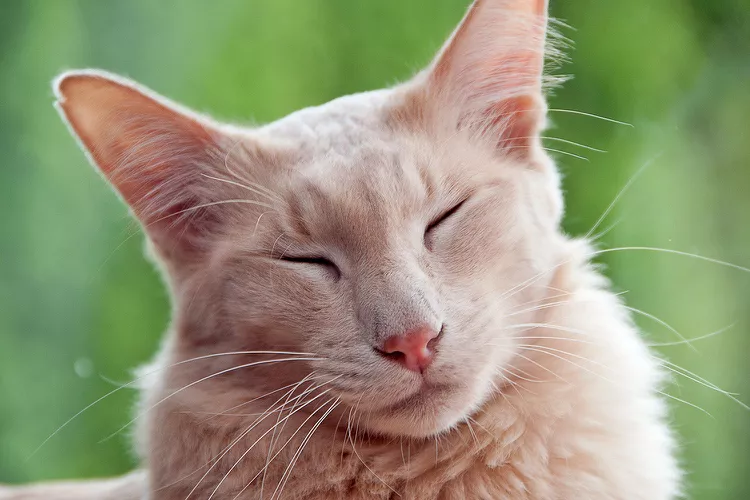
Javanese (Colorpoint Longhair): Cat Breed Profile, Characteristics & Care
The Javanese is a semi-longhaired, color-pointed cat of Siamese type. They are related to the Siamese, Colorpoint Shorthair, and Balinese breeds.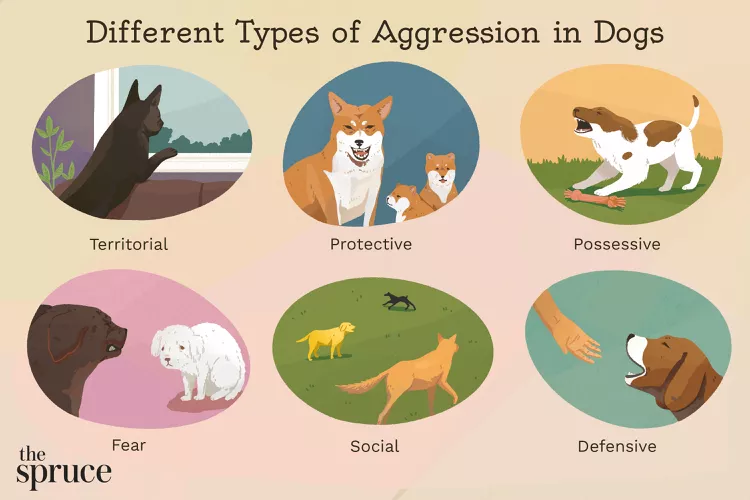
How to Stop Aggression in Dogs
Dog aggression can be a serious behavior issue for pet owners. Learn how to stop aggression in dogs before someone gets hurt.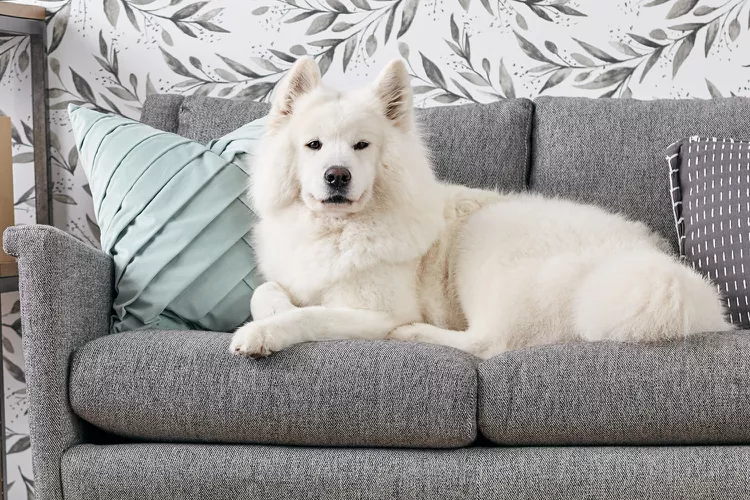
Should Dogs Be Allowed on Furniture?
Should you let your dog on the couch or in the bed with you? Are there any reasons we should not let dogs on the furniture? Here's what to know.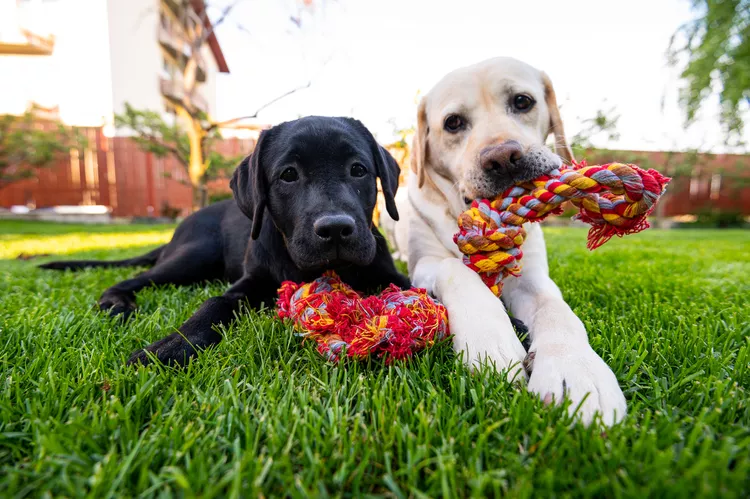
Why Do Dogs Eat Rocks?
One of the most common non-food items for dogs to eat are rocks. Here's what to know about why dogs eat them and how can you stop your dog from eating rocks.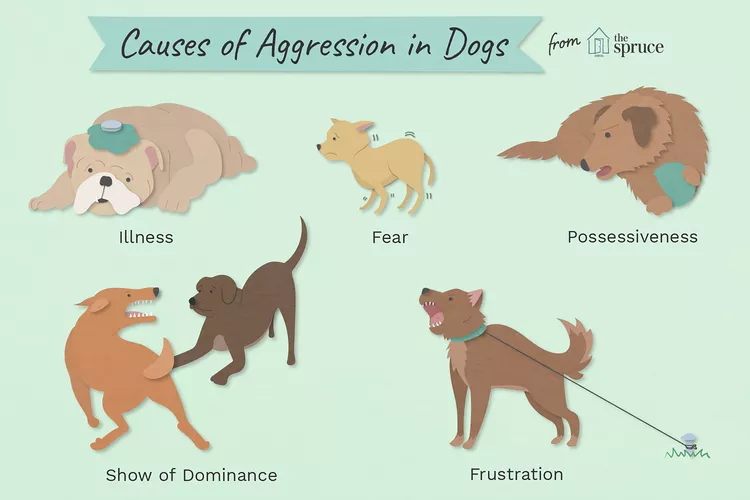
Why Dogs Get Aggressive and How to Stop It
Why is your dog biting you aggressively? Sometimes dogs can become aggressive with little warning. Find out what causes your dog to become aggressive so you can work with the behavior.
Thai Ridgeback: Dog Breed Characteristics & Care
Learn all about the Thai Ridgeback, a rare breed from Thailand. Find out how to care for the loyal dog and where to buy or adopt one.